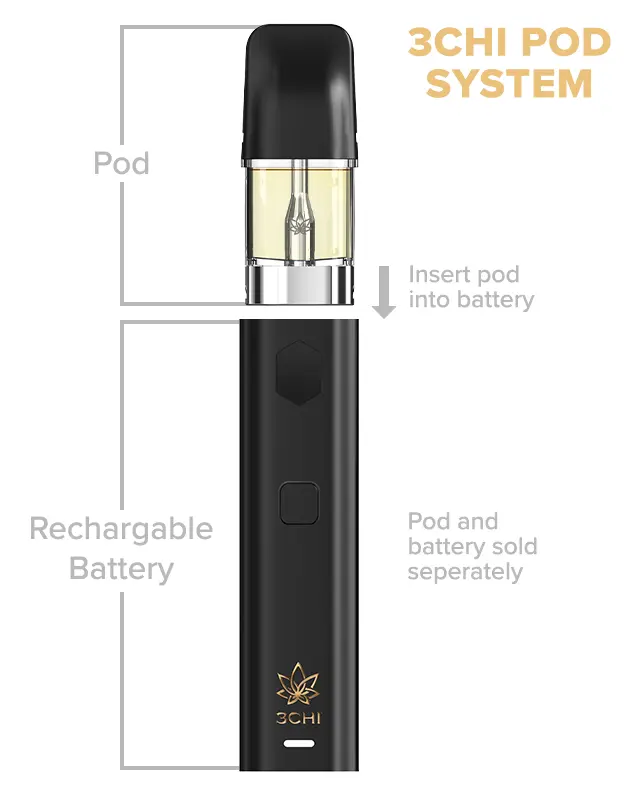Turn Products High-Demand Vape Pens: Industry Trends and Insights
Turn Products High-Demand Vape Pens: Industry Trends and Insights
Blog Article
The Environmental Influence of Disposable Vapes: Are They Truly Lasting?
As society significantly changes in the direction of eco-conscious consumption techniques, the sustainability of products has actually come under scrutiny extra than ever previously. Non reusable vapes, a flourishing market section in the vaping industry, have sparked disputes regarding their environmental influence. The benefit and convenience of use that non reusable vapes offer are indisputable, yet below the surface area lies a complex internet of eco-friendly effects that elevate questions about their true sustainability. With worries varying from source extraction to garbage disposal, diving into the ecological impact of disposable vapes reveals a complex issue that should have better examination.
Ecological Influence of Non Reusable Vapes

Unlike standard vapes that can be filled up and reused, non reusable vapes are designed for a single-use cycle, causing a rapid buildup of electronic waste. The manufacturing process of non reusable vapes likewise eats beneficial sources and energy, more exacerbating their ecological footprint. Incorrect disposal of these devices can cause soil and water contamination, posturing risks to wild animals and ecosystems.

Manufacturing Process and Resource Consumption
During the production of disposable vapes, substantial quantities of resources and power are consumed, contributing to their overall environmental influence. Furthermore, the manufacturing of non reusable vapes frequently entails the use of non-renewable sources, even more diminishing limited materials.
Furthermore, the production of non reusable vapes likewise generates waste and contamination. The production procedure of non reusable vapes plays a substantial duty in their total ecological impact and sustainability factors to consider.
Waste Generation and Disposal Obstacles
In light of the resource-intensive manufacturing procedure of disposable vapes, the administration of waste generation and disposal presents significant ecological difficulties. Disposable vapes add to the installing issue of electronic waste due to their single-use nature and facility structure.
Additionally, the improper disposal of non reusable vape cartridges, which usually consist of residual nicotine and various other hazardous compounds, can infect the setting otherwise managed correctly. The absence of standard recycling programs for these cartridges worsens the problem, with several winding up in regular waste streams.
To deal with these waste generation and disposal difficulties, it is essential for makers to develop even more sustainable vape items that are simpler to recycle. Furthermore, raised recognition and education and learning on correct disposal methods among consumers are important in mitigating the ecological influence of disposable vapes.
Chemicals and Poisonous Products Use

In addition, the batteries in disposable vapes contain heavy metals such as cadmium, lithium, check my blog and lead, which are unsafe to the setting if not reused suitably. Turn products. Improper disposal of these batteries can result in dirt and water contamination, posing threats to ecological communities and human wellness. The extensive usage of chemicals and poisonous products in disposable vapes emphasizes the value of adopting sustainable techniques in their use, disposal, and manufacturing to mitigate damaging ecological effects.
Sustainable Alternatives and Solutions
What lasting options and remedies can be applied to deal with the environmental impact of non reusable vapes? Additionally, advertising responsible disposal practices for disposable vapes, such as reusing programs, can help minimize the environmental consequences connected with these products.
Another sustainable option is the development of biodegradable vape parts. Makers can check out utilizing biodegradable products for vape casings, cartridges, and packaging to minimize the lasting ecological effect of these products. Motivating the usage of vaping items with fewer chemical additives and contaminants can likewise add to an extra sustainable vaping sector.
Education and recognition projects can play an important function in promoting lasting practices among vapers - Turn products. By informing customers regarding the environmental impact of non reusable vapes and highlighting the benefits of environmentally friendly alternatives, people can make more educated selections that align with environmental preservation initiatives. Eventually, a mix of regulative actions, technological developments, and consumer activities is crucial to deal with the ecological challenges postured by disposable vapes
Verdict
Finally, the ecological impact of her explanation disposable vapes is substantial because of the manufacturing process, source usage, waste generation, and usage of chemicals. Lasting choices and remedies need to be considered to minimize these unfavorable impacts. It is important for customers and makers to focus on eco-friendly techniques to lower the ecological harm created by disposable vapes.
The environmental impact of disposable vapes is a growing concern as their extensive use adds to plastic waste buildup.Unlike standard vapes that can be refilled and recycled, non reusable vapes are developed for a single-use cycle, leading to a quick buildup of digital waste. The widespread use of chemicals and harmful materials in disposable vapes highlights the significance of taking on sustainable techniques in their use, disposal, and manufacturing to alleviate unfavorable ecological influences.
By educating customers regarding the ecological effect of non reusable vapes and highlighting the advantages of environmentally friendly options, individuals can make more enlightened selections that line up with ecological conservation initiatives.In verdict, the ecological impact of non reusable vapes is significant due to the production process, source usage, waste generation, and usage of chemicals.
Report this page